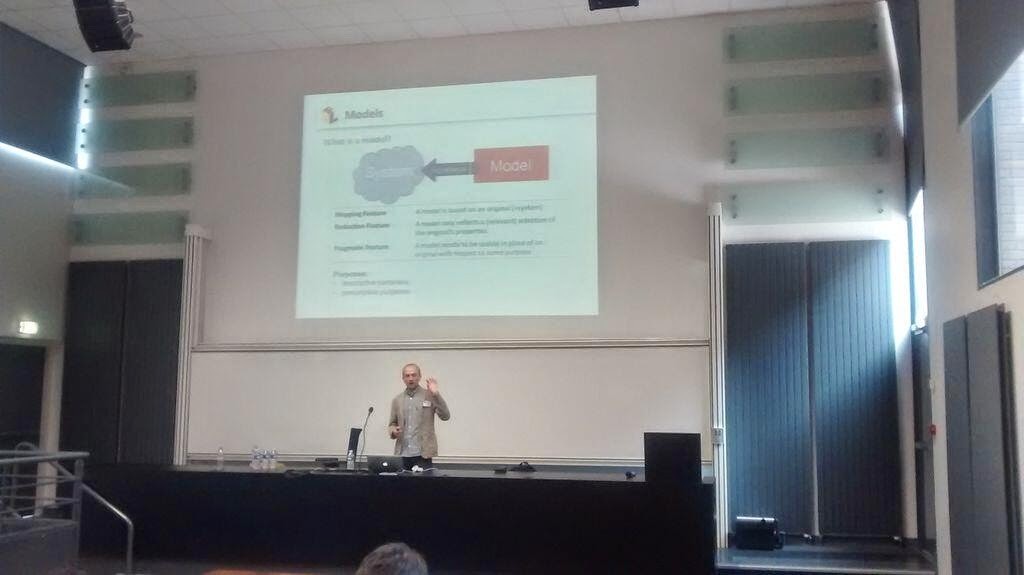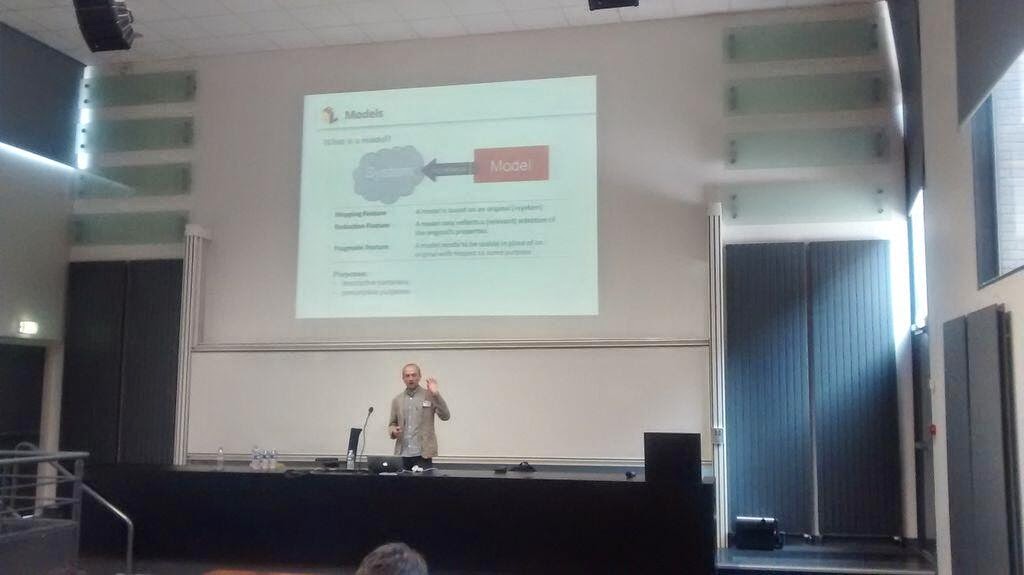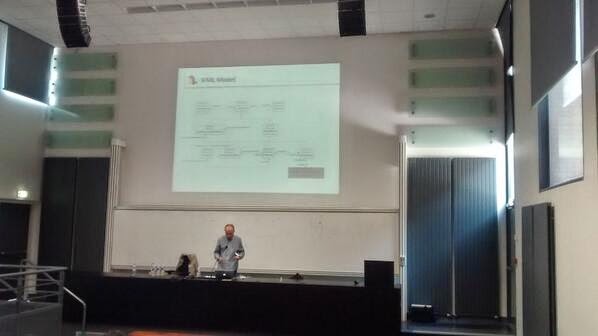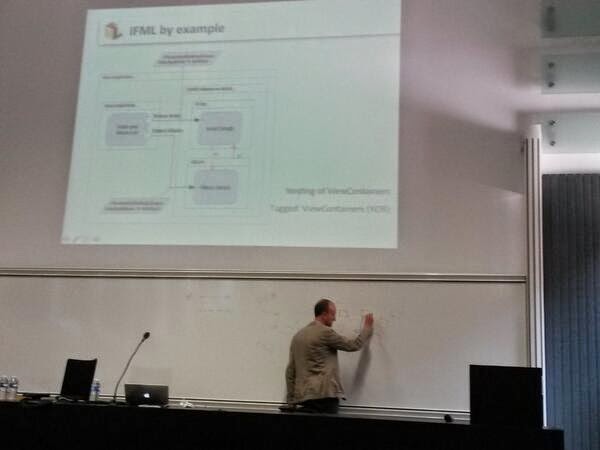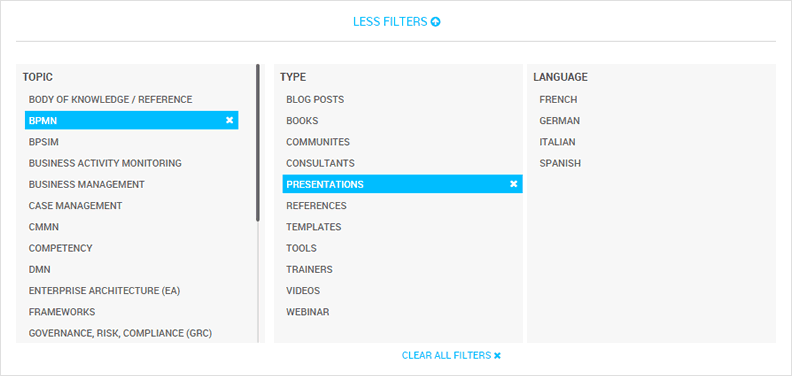IFML – Interaction Flow Modeling Language 1.0 – My tutorial on UI and UX modeling & design at ICWE 2014
This year, ICWE – International Conference on Web Engineering, took place in Toulouse, France.
Given the upcoming adoption by the OMG – Object Management Group of IFML, I decided to give a tutorial on it there. IFML, the Interaction Flow Modeling Language (IFML) is designed for expressing content, user interaction and control behaviour of the front-end of software applications, as well as the binding to the persistence and business logic layers. IFML is the missing piece for modeling the front end of software applications and perfectly complements other modeling dimensions in broad system modeling projects. Therefore, IFML works best when integrated with other modeling languages in the MDA suite, such as UML and BPMN. This tutorial illustrates the basic concepts of IFML, presents the design best practices and integration with other modelling languages, and discusses some industrial experiences (also featuring quantitative measures of productivity) achieved by the companion tool WebRatio. At the end of the tutorial, attendees will get a general knowledge about IFML (they will be able to design simple models and to derive models from existing interfaces), will be able to associate front-end design with system modelling at large, will see the associated MDE tool WebRatio at work, and will get a glimpse of real-life industrial applications developed for large enterprises. This will let them appreciate the advantages of a model-driven development approach at work within large-scale industrial project.
Here are the slides of my tutorial:
And here are some pictures taken by some attendees:
To keep updated on my activities you can subscribe to the RSS feed of my blog or follow my twitter account (@MarcoBrambi).
Leave a Comment
You must be logged in to post a comment.
